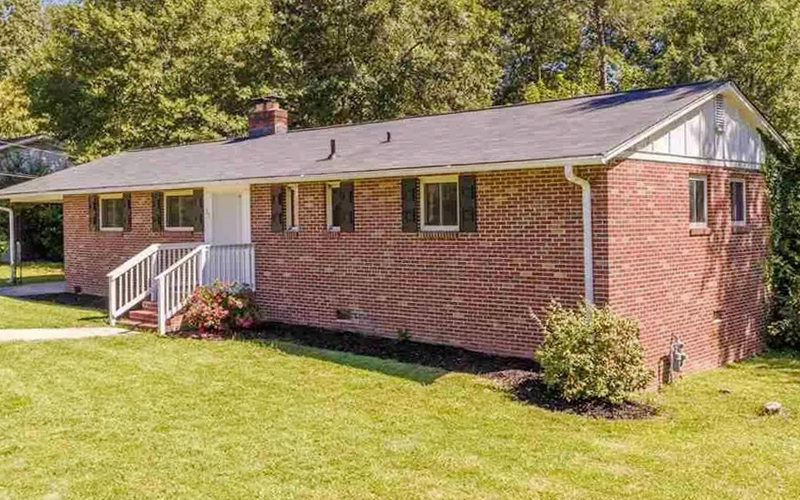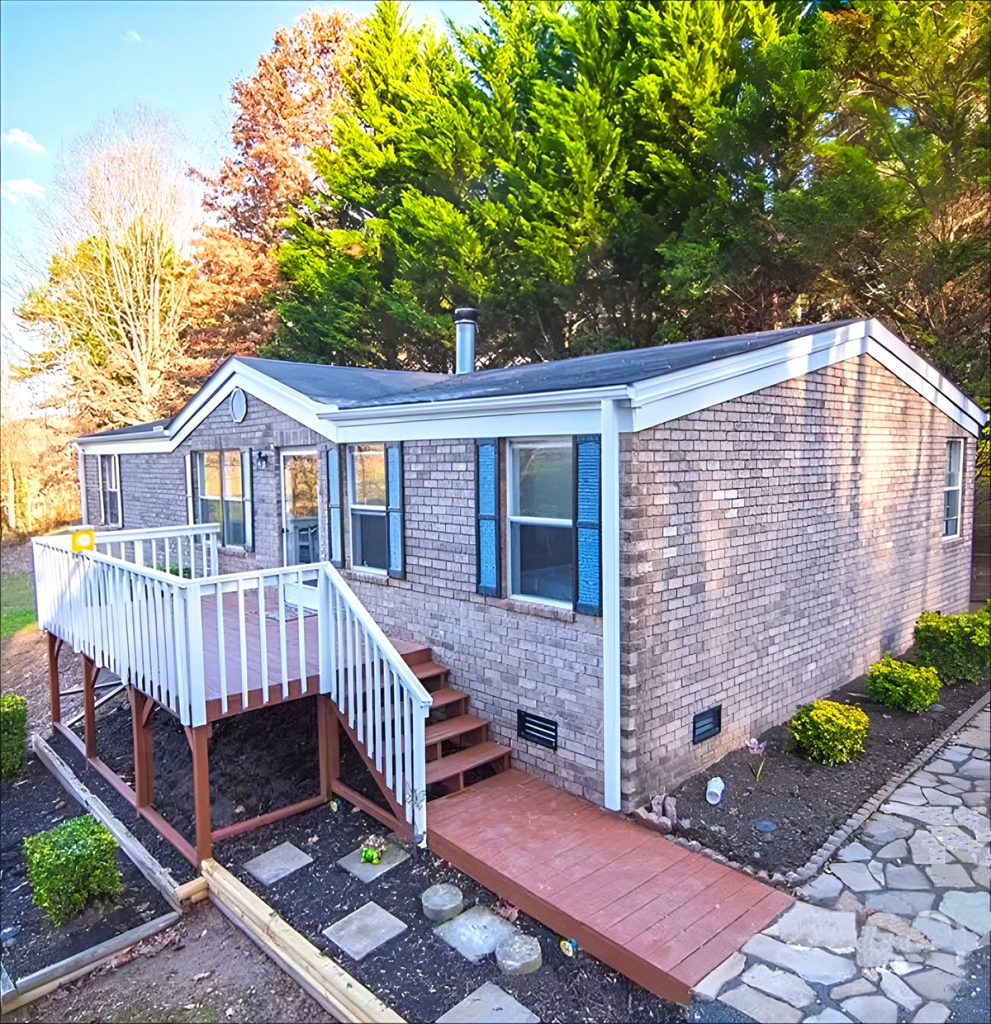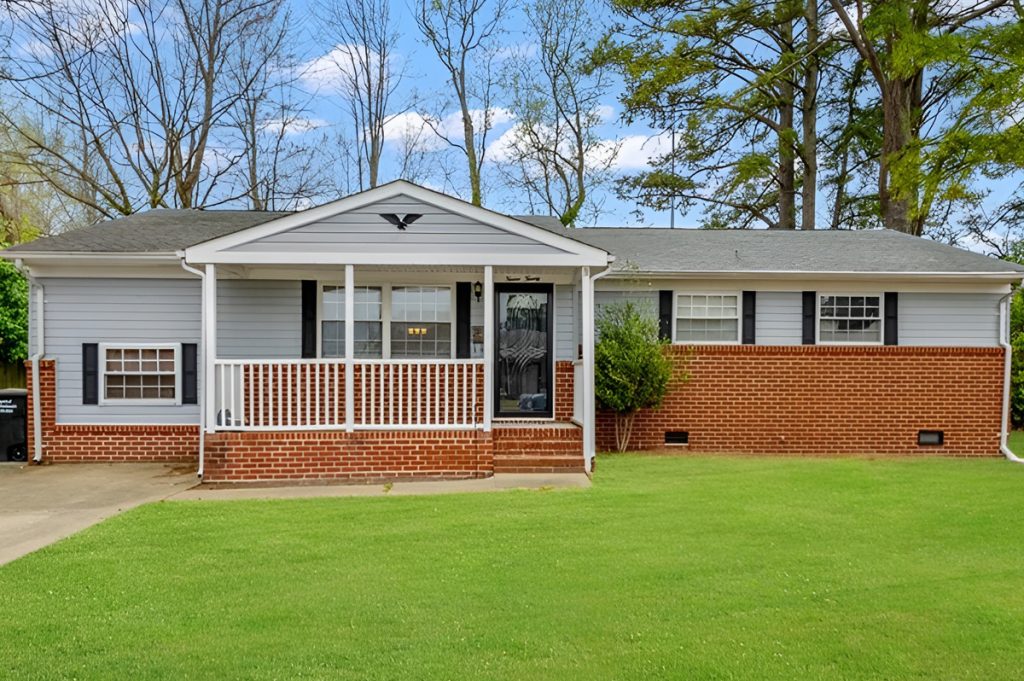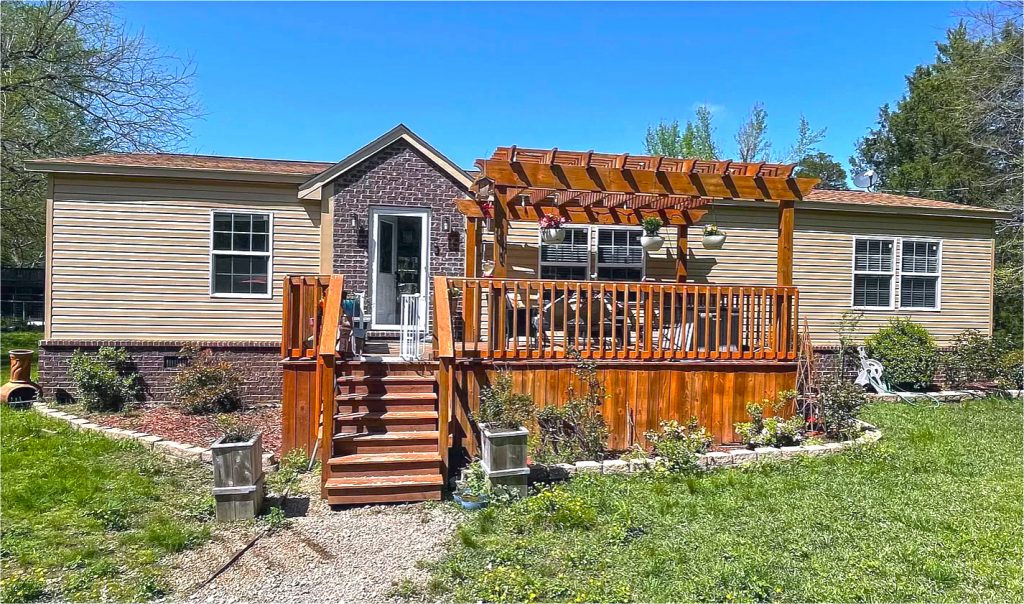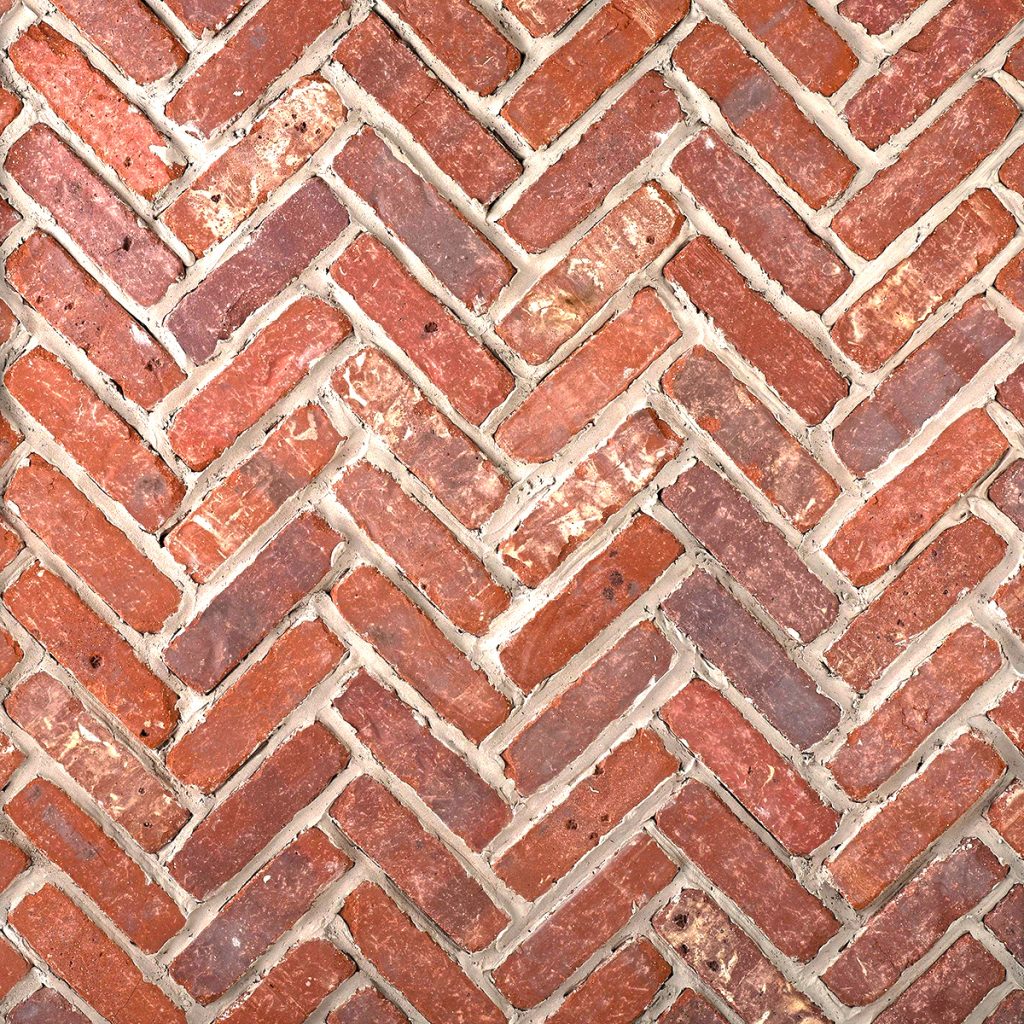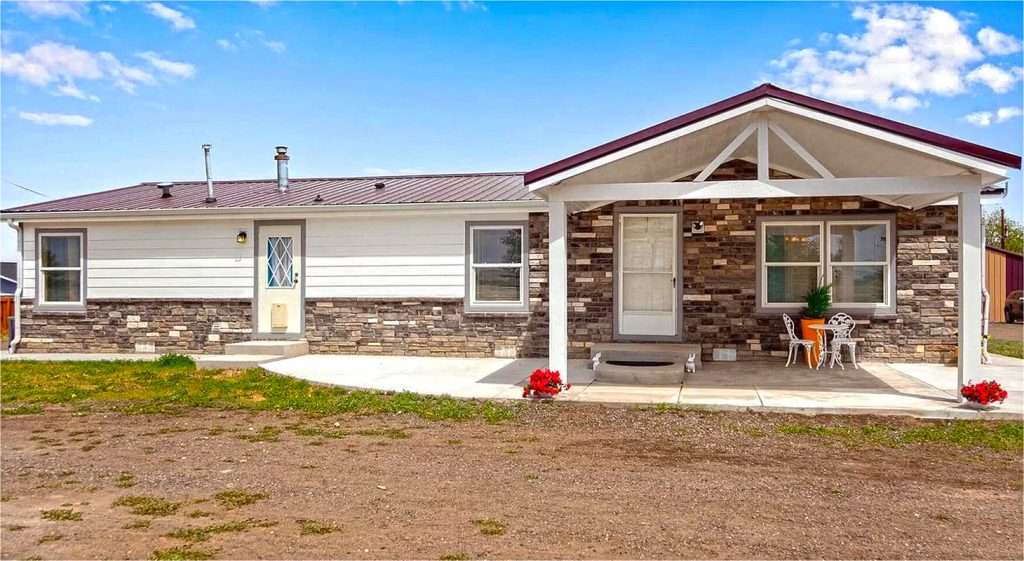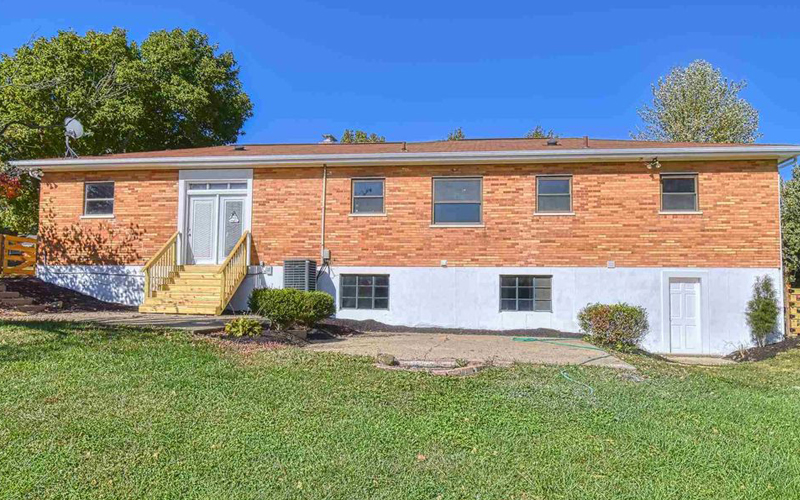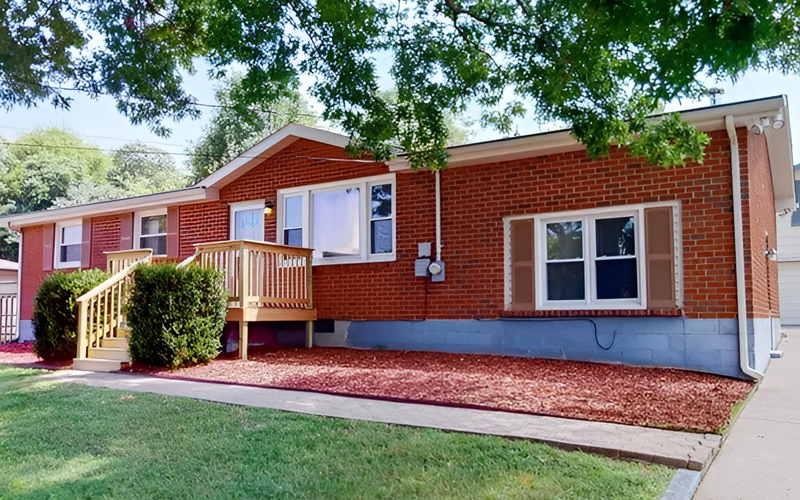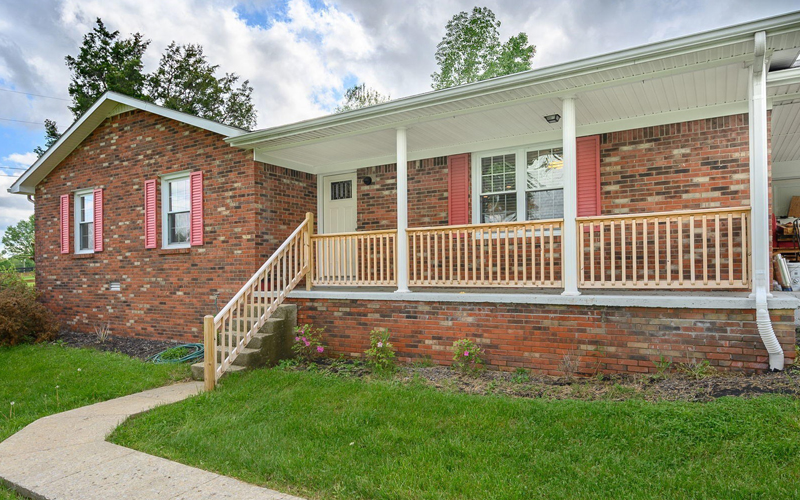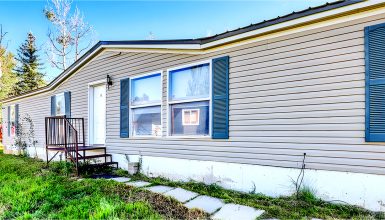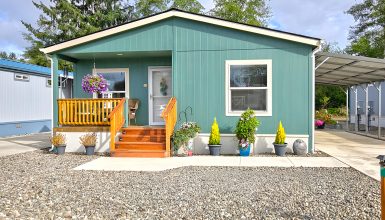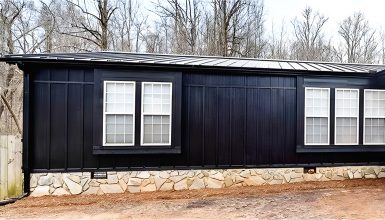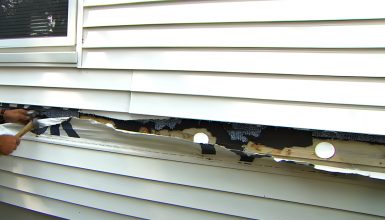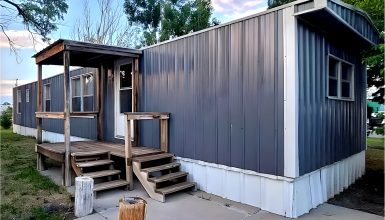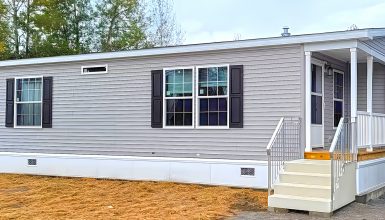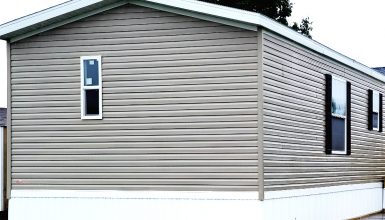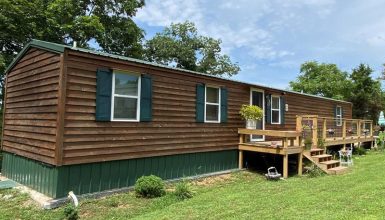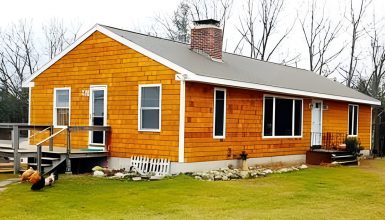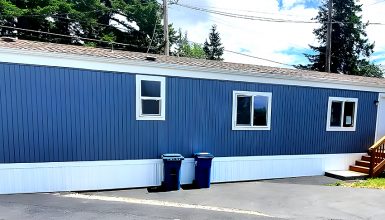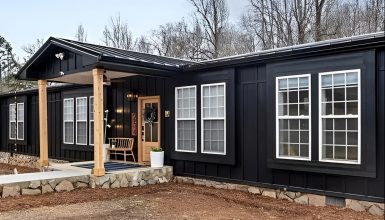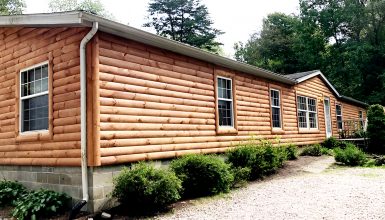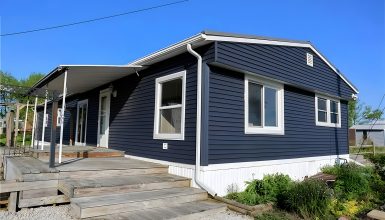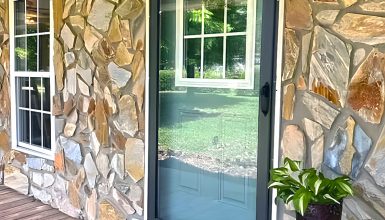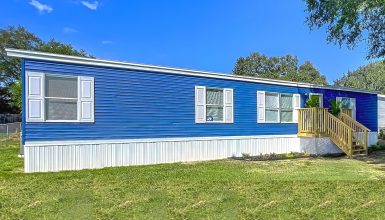Brick siding can totally transform your mobile home. It adds a touch of elegance and durability that’s hard to beat. Think about the classic charm of brick – it’s not just for traditional houses. Mobile homes can get in on this stylish look, too. With this siding, your home gets a major upgrade in curb appeal. It looks sturdier, more permanent, and just plain cozy.
But here’s the key: picking the right style. It’s not a one-size-fits-all situation. The correct brick style can make your home look like a dream. The wrong one? Not so much. It’s about matching the brick to your home’s personality. Here are some creative ideas for incorporating brick siding into your mobile home’s design.
1. Classic Red Brick Veneer
Red brick veneer is a classic for a reason. It brings that traditional, warm, inviting look to any mobile home. The red brick look is timeless – it never goes out of fashion. It’s like the cozy feeling of a fireplace or a fresh-baked apple pie. This style suits mobile homes that aim for a classic or even a rustic look.
When using red brick veneer, balance is key. You can cover the whole home for a traditional feel. Or, use it as an accent, maybe just around the door or windows. This adds a pop of color and texture without overwhelming your space. Combine it with neutral colors like white or beige trim for a striking and harmonious look.
2. Whitewashed Brick
Whitewashing brick is like giving it a soft, dreamy makeover. This process involves painting over the brick with diluted white paint. It tones down the brick’s natural color and adds a touch of brightness. The result? A laid-back, airy feel that’s perfect for a modern or cottage-style home.
Whitewashed brick looks excellent on mobile homes that want a softer, more contemporary, or coastal feel. It’s especially stunning in areas with lots of greenery or by the water. The key is to keep the surroundings in mind – whitewashed brick pairs beautifully with natural elements and light, breezy colors.
3. Mixed Material Design
Mixing brick with other materials like wood or metal can create a unique look. It’s all about contrast and texture. Imagine a mobile home with a red brick lower half and a wooden upper half. Or brick with metal accents for a more industrial vibe. This approach adds depth and character to your home.
When mixing materials, think about balance and harmony. Too much going on can look busy. A good rule of thumb is to pick materials that complement each other in color and texture. For example, dark-colored bricks with warm-toned wood or red bricks with sleek, dark metal. These combos create a dynamic yet cohesive look that makes your mobile home stand out best.
4. Partial Brick Facade
Using brick as an accent is a smart way to add charm without going all in. Think of it as a highlight, not the whole picture. This approach works great for adding a touch of elegance to your mobile home. You can use brick accents around the entrance, under windows, or as a skirt around the base. It draws the eye, creating a focal point.
Place your brick accents where they naturally catch the eye for maximum impact. Around doors and windows is a great start. Or, use it to frame your porch. It’s all about creating little pops of texture and color. This way, your mobile home keeps its existing character but with an added dash of style.
5. Herringbone Brick Pattern
The herringbone pattern in brickwork is all about zigzags. Its bricks are laid at angles to form a pattern resembling fish bones – hence the name. This pattern adds a layer of sophistication and is a real eye-catcher.
Achieving this look involves careful planning and precise laying of the bricks. It’s more complex than a straight lay, but the result is worth it. Herringbone is great for areas you want to highlight, like a feature wall or around the entryway. It’s a classic design choice that brings an artistic touch to your mobile home.
6. Dark-Colored Brick
Charcoal or black bricks are for those who love a bit of drama. They bring a modern, edgy feel to your mobile home. Dark bricks stand out, especially if your home is in a brighter or more natural setting. They can make your home look more grounded and substantial.
To work with dark bricks, think about contrast and balance. Pair them with lighter colors in your trim, doors, or windows. This creates a striking look that’s still harmonious. Dark bricks can also be a backdrop for greenery or outdoor art. They’re like a bold statement piece that brings a new style to your home.
7. Rustic Brick Finish
Opting for weathered bricks is like choosing a storybook look for your mobile home. These bricks have a worn, lived-in feel, perfect for creating a cozy, vintage ambiance. Imagine the charm of an old farmhouse or a quaint cottage; that’s the vibe weathered bricks bring.
Incorporating rustic bricks works well with softer color palettes and natural materials. Think cream or light green colors, wooden accents, and lots of greenery. This style is all about warmth and welcoming. It’s ideal for creating a home that feels like a snug retreat.
8. Vertical Brick Strips
Vertical brick veneer strips are a cool, modern twist on traditional brickwork. They bring a sleek and contemporary edge to your mobile home. Vertically laying bricks can make your home look taller and more elegant. It’s a less common approach, meaning your home will stand out.
The essential advantage of vertical bricks is the visual impact. They create lines that draw the eye upward, enhancing the overall proportions of your mobile home. Pair them with contrasting horizontal elements, like a flat roof or wide windows, for a striking modern look.
9. Painted Brick
Painting your brick siding is a great way to express your style. It’s like giving your home a custom paint job. Whether you go bold with bright colors or keep it understated with pastels, painted bricks can completely transform your mobile home’s look.
When choosing a color, consider the surroundings and the overall style you want. Soft blues or greens can create a serene, beachy feel. Bold reds or yellows make a vibrant statement. Use high-quality masonry paint and sealant to ensure a long-lasting finish. Remember, lighter colors can brighten your home’s appearance, while darker shades add drama and depth.
10. Faux Brick Panels
Faux brick panels are a budget-friendly and easy-to-install alternative to real bricks. They are made from materials like high-density polyurethane, making them lightweight and versatile. Faux brick gives you the look of real brick without the weight and complexity.
These panels are great for DIY enthusiasts. They come in various styles and colors, so you can choose one that matches your vision. It is perfect for a quick and impactful exterior makeover, giving your mobile home a fresh and stylish look with minimal effort.

